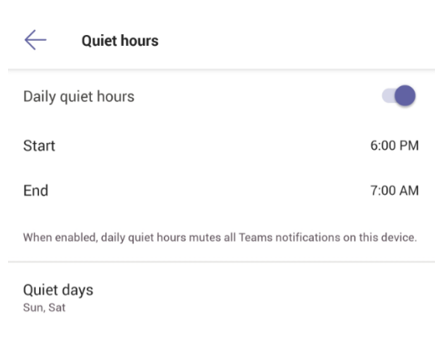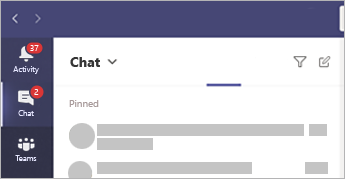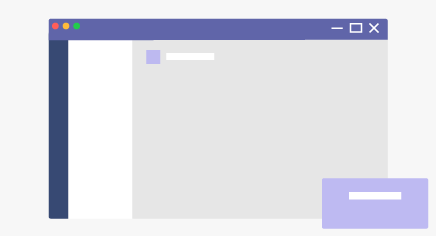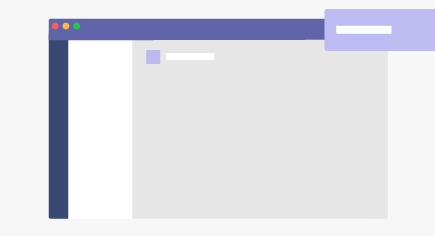This is the who, what, where, and shh! of notification settings in Microsoft Teams. Visit Manage notifications in Teams for more details about how to adjust your notification settings.
1. Notification settings are under Settings and more
Access notification settings by selecting Settings and More  in the top right corner of Teams, then Settings > Notifications.
in the top right corner of Teams, then Settings > Notifications.

Video: How to access notification settings
2. Notification sounds can be on or off
To choose if a sound plays with new notifications and calls, select your profile picture at the top-right corner of Teams, then Settings > Notifications > Play sounds for incoming calls and notifications. This setting is on by default.
Note: Currently, only Android mobile devices are able to choose what type of sound plays for notifications.
3. There are default settings
If you change nothing about your Teams notifications, you'll receive both desktop notifications and activity feed alerts for @mentions, direct messages (chat), and all new conversations and @mentions in the channels and teams that show in your teams list.
All of these defaults can be changed. Learn how to choose the right settings to fit your preferences.
4. There are three ways to get notified
| The activity feed You'll find this in the top left corner of Teams. This is where we'll let you know what's happening across your teams and channels. Check out the different kinds of activity you'll get in Teams. |
|
| Then there's chat This is where your group and one-on-one conversations happen. As you receive multiple messages, we'll keep a count of them for you. | |
| Desktop—aka "Banner"—notifications On Windows, these will show in the bottom right corner of your screen, then move to the Action Center. Note: If using Teams on the web, some browsers will only show notifications in the browser tab where you're running Teams. You can also decide whether your desktop notifications show a preview of the message or not. Go to Settings > Notifications > Show message preview. | Windows Mac |
5. Things are slightly different on mobile
One of the first things you'll want to do is choose whether to send notifications to your phone Always, or only When I'm not active on desktop. (You're considered inactive after 3 minutes of inactivity.)
The other thing you'll want to make sure to set are your quiet hours. To do this, go to More  in the top left corner of the mobile app > Notifications > Quiet hours. Then set a specific time of day when you want Teams to hold your notifications—or choose entire days.
in the top left corner of the mobile app > Notifications > Quiet hours. Then set a specific time of day when you want Teams to hold your notifications—or choose entire days.

6. You can set notifications per channel, too
When you get added to a team, we'll automatically show the three most active channels in that team. These channels will send you notifications when someone @mentions the channel. To also get notified for all new conversations and replies, select More options … > Channel notifications, or go to notification settings, and under Shown channels select Edit.




No comments:
Post a Comment